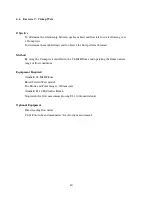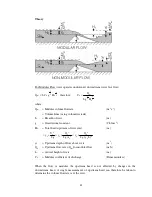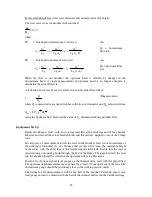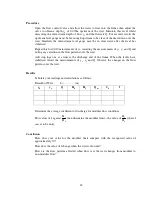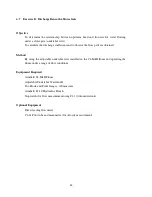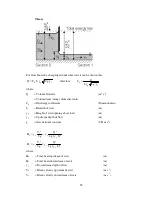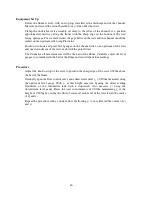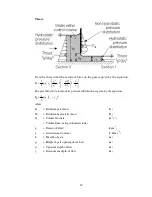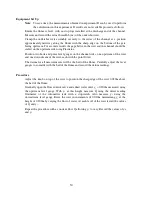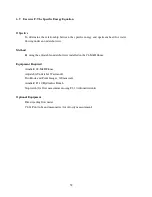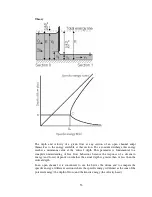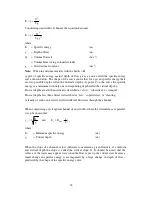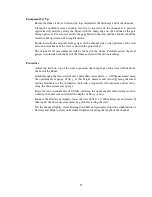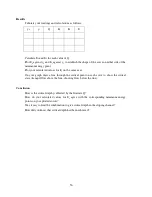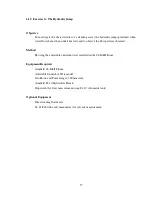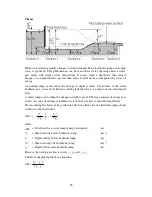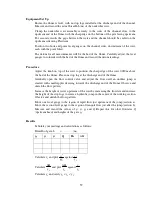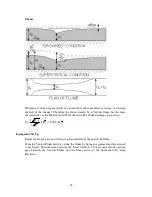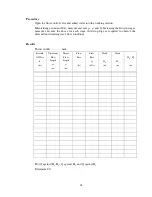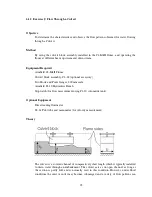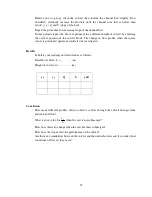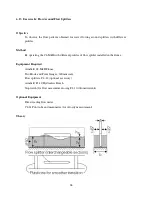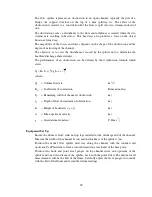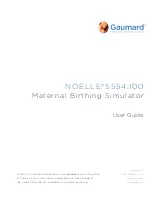
54
g
2
V
y
E
2
+
=
Considering unit width of channel the equation becomes:
2
2
y
g
2
Q
y
E
+
=
where:
E
= Specific energy
(m)
y
= Depth of flow
(m)
Q
= Volume flowrate
(m
3
s
-1
)
= Volume/time (using volumetric tank)
g
= Gravitational constant
(ms
-2
)
Note:
When the datum coincides with the bed E = H
A plot of specific energy against depth of flow gives a curve called the specific energy
curve shown below. The shape of the curve shows that for a given specific energy there
are two possible depths called the alternate depths. At point C on the curve the specific
energy is a minimum with only one corresponding depth called the critical depth y
c
.
Flow at depths greater than critical is described as ‘slow’, ‘subcritical’ or ‘tranquil’.
Flow at depths less than critical is described as ‘fast’, ‘supercritical’ or ‘shooting’.
A family of such curves will exist for different flowrates through the channel.
When considering a rectangular channel of unit width, where the streamlines are parallel,
it can be shown that:
g
Q
3
y
2
c
=
and
c
min
c
y
2
3
E
E
=
=
where:
E
c
= Minimum specific energy
(m)
y
c
= Critical depth
(m)
When the slope of a channel is just sufficient to maintain a given flowrate at a uniform
and critical depth the slope is called the critical slope S
c
. It should be noted that the
surface of the water may appear wavy when the flow is near to the critical state because a
small change in specific energy is accompanied by a large change in depth of flow –
predicted by the shape of the specific energy curve.

